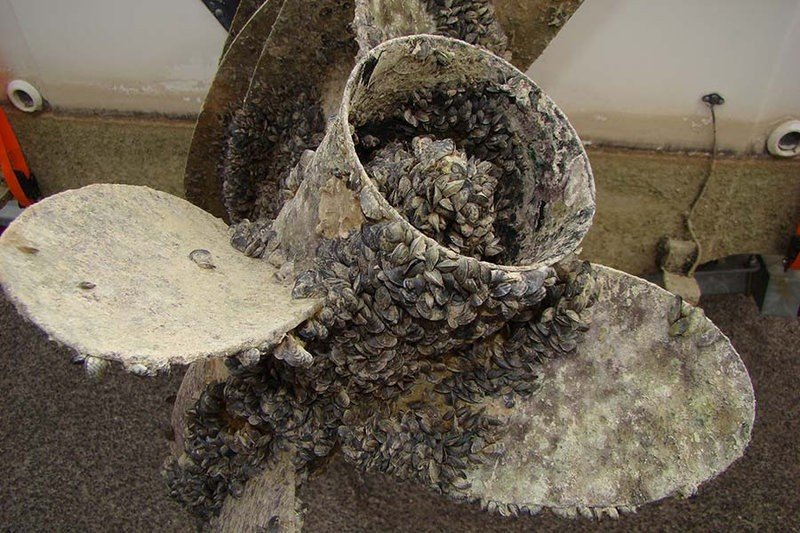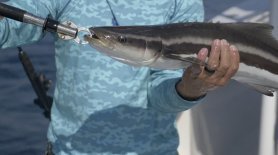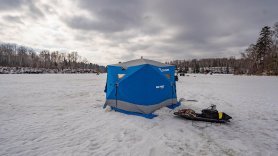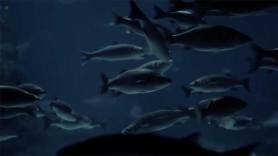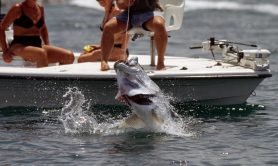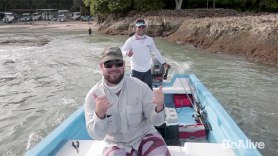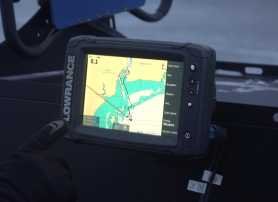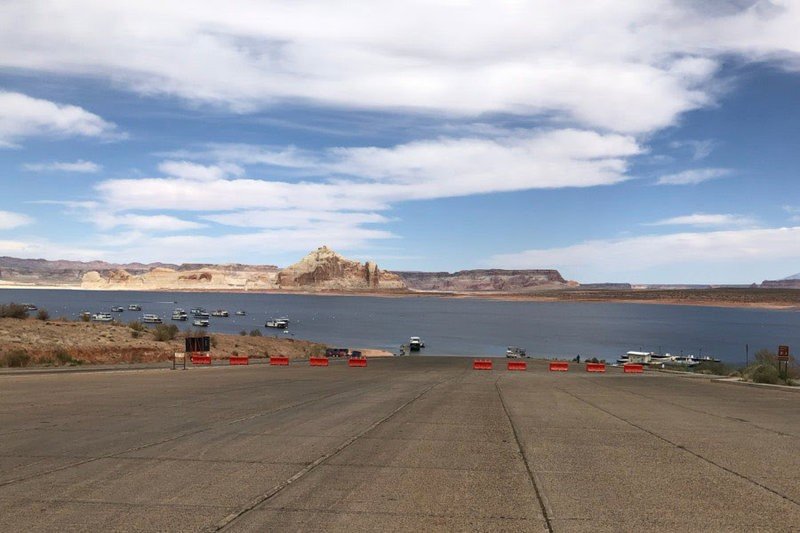

The Glen Canyon National Recreation Area implemented a temporary boat ramp closure at Lake Powell on Monday, but boaters who left Lake Powell between April 1–6 will need to allow for a mandatory 30-day dry period before launching at another Utah waterbody.
In an effort to adhere to social distancing recommendations and prevent the spread of COVID-19, the Utah Division of Wildlife Resources issued an emergency order April 1, temporarily suspending hot water decontaminations and altering inspections for watercraft leaving Lake Powell. Before the temporary boat ramp closure was implemented on Monday, nearly 1,000 boats launched at Lake Powell (between April 1 and April 6), which is when the DWR emergency order suspending hot water decontaminations was implemented.
Because hot water decontaminations were suspended for five days before the boat ramp closure, Lake Powell boaters who left the lake before the closure or who remove their boats after the closure are required to wait 30 days before they launch their watercraft at another Utah waterbody.
Typically, when a boat or other watercraft leaves Lake Powell, DWR and National Park Service personnel perform an inspection and ensure the boat is drained before leaving. If quagga mussels are found on the watercraft, a hot water decontamination is required.
However, because decontaminations require close physical proximity and interaction between the boater and agency staff, the current health recommendations for social distancing couldn’t be followed. As a result, DWR Director Mike Fowlks issued the order on April 1, temporarily suspending hands-on watercraft inspections and hot water decontaminations until further notice.
“While public safety remains paramount, aquatic invasive species interdiction efforts at Lake Powell must continue in order to minimize the likelihood that quagga mussels are introduced to other waterbodies,” Fowlks said. “In lieu of professional decontamination, DWR is implementing a mandatory 30-day dry time for all boats that leave Lake Powell and other infested waters.”
Boaters who launch at a Utah waterbody before the 30-day dry period could be cited.
Watercraft includes the following:
- Motorboats and sailboats
- Jet skis and wave runners
- Canoes
- Kayaks
- Paddleboards
- Float tubes
- Trailers and vehicles that go into the water on a boat ramp
- Other personal watercraft
In addition to the 30-day dry time, boaters leaving Lake Powell should also do the following to help prevent the spread of quagga mussels:
- Clean: Boaters should wipe all water, mud, plant materials and other debris from their boats. In particular, make sure to inspect the anchor and sea strainer.
- Drain: Boaters are required to pull all drain plugs and leave them out during transport and storage after boating on Lake Powell. All water should be completely drained from ballast tanks, bilges and live wells. Boaters with outboard or inboard/outboard engines should drop the lower unit to drain those areas, as well. Also, inspect the cooling intake or water system on the boat.
- Dry: All boats with ballast tanks, inboard engines or inboard/outboard engines retain water at all times.
Why quagga mussels are bad
- They plug water lines, even lines that are large in diameter.
- If they get into water delivery systems in Utah, it will cost millions of dollars annually to remove them and keep the pipes free, which can result in higher utility bills.
- They remove plankton from the water, which hurts fish species in Utah.
- Mussels get into your boat’s engine cooling system. Once they do, they’ll foul the system and damage the engine.
- When mussels die in large numbers, they stink and the sharp shells of dead mussels also cut your feet as you walk along the beaches.
